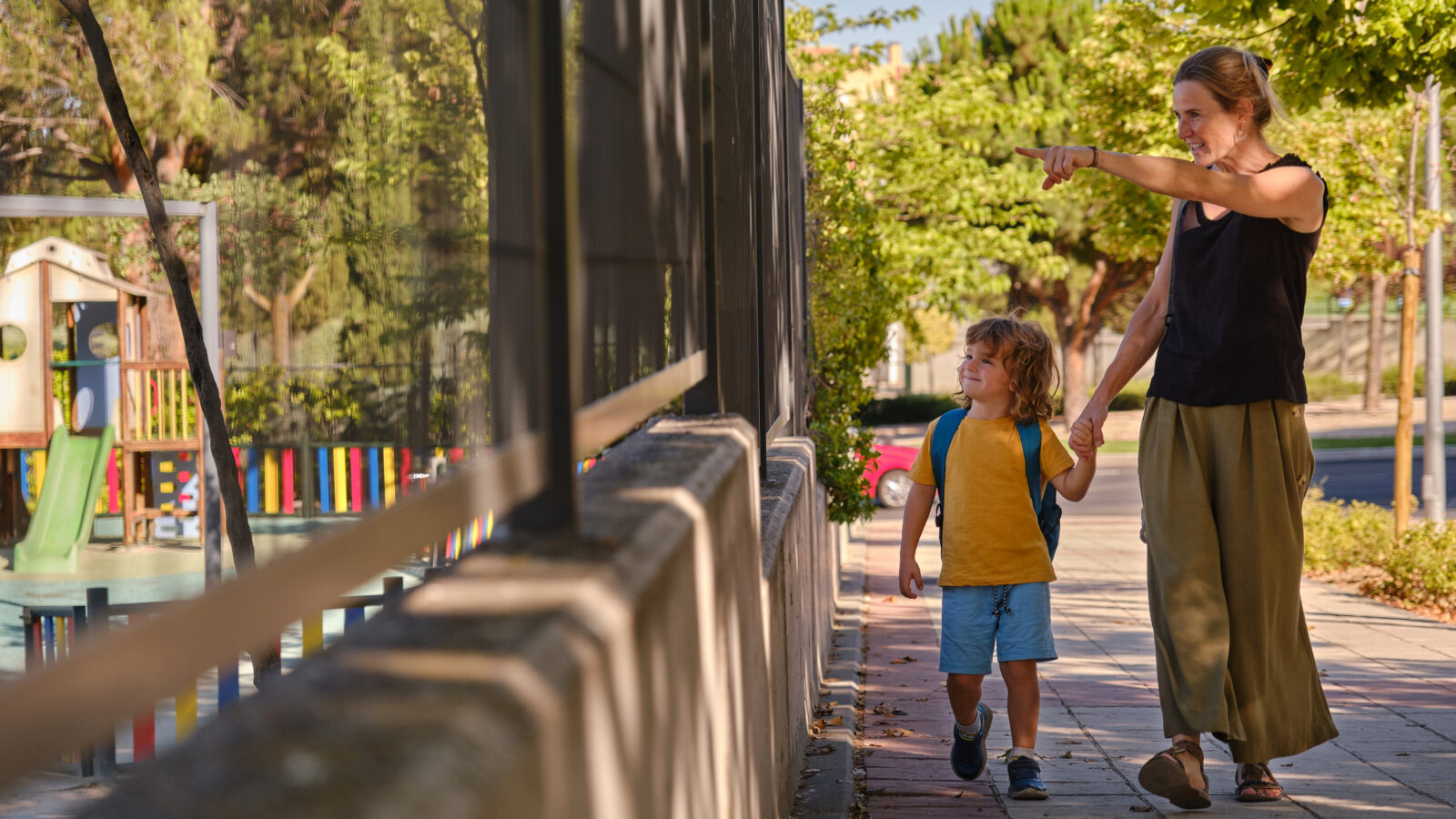The Magic of Messy Play: Sensory Activities for Summer Learning

As summer arrives, families seek fun and educational activities to keep their little ones engaged and even boost their brainpower. Enter messy play – where every squish, sniff, and sound opens a world of wonder for your child. Sensory play, where activities stimulate touch, sight, hearing, smell, and taste, is not just fun; it’s a powerful tool for learning language, thinking creatively, and developing problem-solving skills. The best part? You don’t need fancy toys. With a bit of creativity and everyday household items, you can create a sensory wonderland at home. Here’s our guide to sensory play, as well as some easy, wallet-friendly sensory activities to keep your child’s fingers busy and their brains buzzing with new discoveries!
The Value of Sensory Play for Child Development
Sensory play is much more than just hands-on fun – it’s a fantastic way for children to learn and grow! Playing with different materials helps them fine-tune their motor skills, whether they’re squishing playdough or pouring sand. It also boosts their ability to learn, encouraging them to solve problems and make decisions.
But that’s not all. Sensory play is great for language development too. As children describe what they’re doing and experiencing, they pick up new words and learn to express themselves better. Families can help build this skill by asking children “sensory questions” such as: How does this feel? What does it smell like? What noise is it making? Does it feel smooth or rough? Plus, when they play with others, they practice sharing and working together, which are key social skills. All in all, sensory play sets the stage for future learning and helps kids grow in many ways!
Budget-Friendly Fun
Here are some budget-friendly ideas that will not only keep your children entertained but also support their development. And remember, there are plenty more ideas out there to explore!
Homemade Playdough
Homemade playdough is a timeless favorite when it comes to sensory play. It’s easy to make, affordable, and provides endless opportunities for creative exploration. You also don’t have to worry if your child takes a bite or two, as it is completely nontoxic. To make your own playdough, you’ll need:
- 2 cups of all-purpose flour
- ¾ cup salt
- 4 teaspoons cream of tartar
- 2 cups of lukewarm water
- 2 tablespoons of vegetable oil
- Food coloring, optional
- Quart sized plastic bags
In a large pot, mix the flour, salt, and cream of tartar. Add the water and oil. If using a single color, add it in now. Cook over medium heat, stirring constantly until the dough thickens and forms a ball. Remove from the heat and let it cool slightly on wax paper or in a bag. Knead until smooth. For multiple colors, divide the dough into balls and place each in a quart-sized bag. Add about 5 drops of color to each bag and knead until the color is evenly distributed. This method prevents staining your hands! Once mixed and cooled, let your child squish, roll, and shape the dough, enhancing fine motor skills and encouraging imaginative play! Place your DIY playdough in an oiled airtight container or resealable bag and store in the fridge for two to three months.
Sensory Bins
Sensory bins are another fantastic way to engage your child’s senses. All you need is a large container and selection of materials to fill it with. Try to avoid too many plastic items, as they often have a uniform smooth texture. Here are some ideas for sensory bin fillers: Dry rice or pasta
- Beads
- Sand
- Feathers
- Shredded Paper
- Pinecones
Add some scoops, spoons, and small toys to the bin, and let your child explore. They can dig, pour, and sift through the materials, discovering different textures and practicing their dexterity. Sensory bins are also a great way to introduce new vocabulary as you describe the different materials, feelings, and actions.
Water Play
Water play is a refreshing way to engage your child’s senses during the hot summer months. Fill a large container with water, add some ordinary household cups, funnels, or sponges, and let your child explore. You can also freeze small toys in ice cubes and let your child melt them with warm water. This activity enhances hand-eye coordination, and problem-solving abilities as they figure out how to free the toys from the ice.
Incorporating sensory play into your child’s routine not only keeps them entertained but also supports their overall development in fun and meaningful ways. So, roll up your sleeves, gather your materials, and dive into the world of sensory play – where learning and fun go hand in hand!




